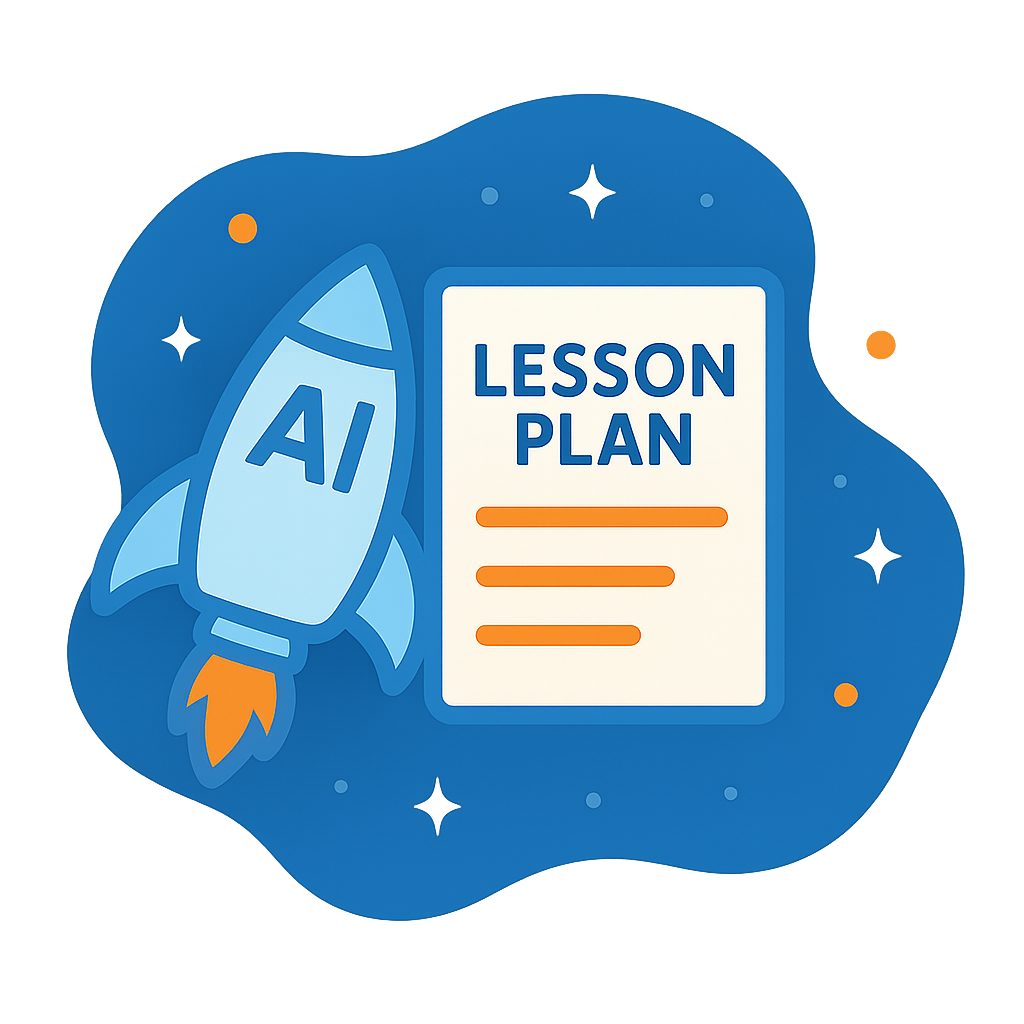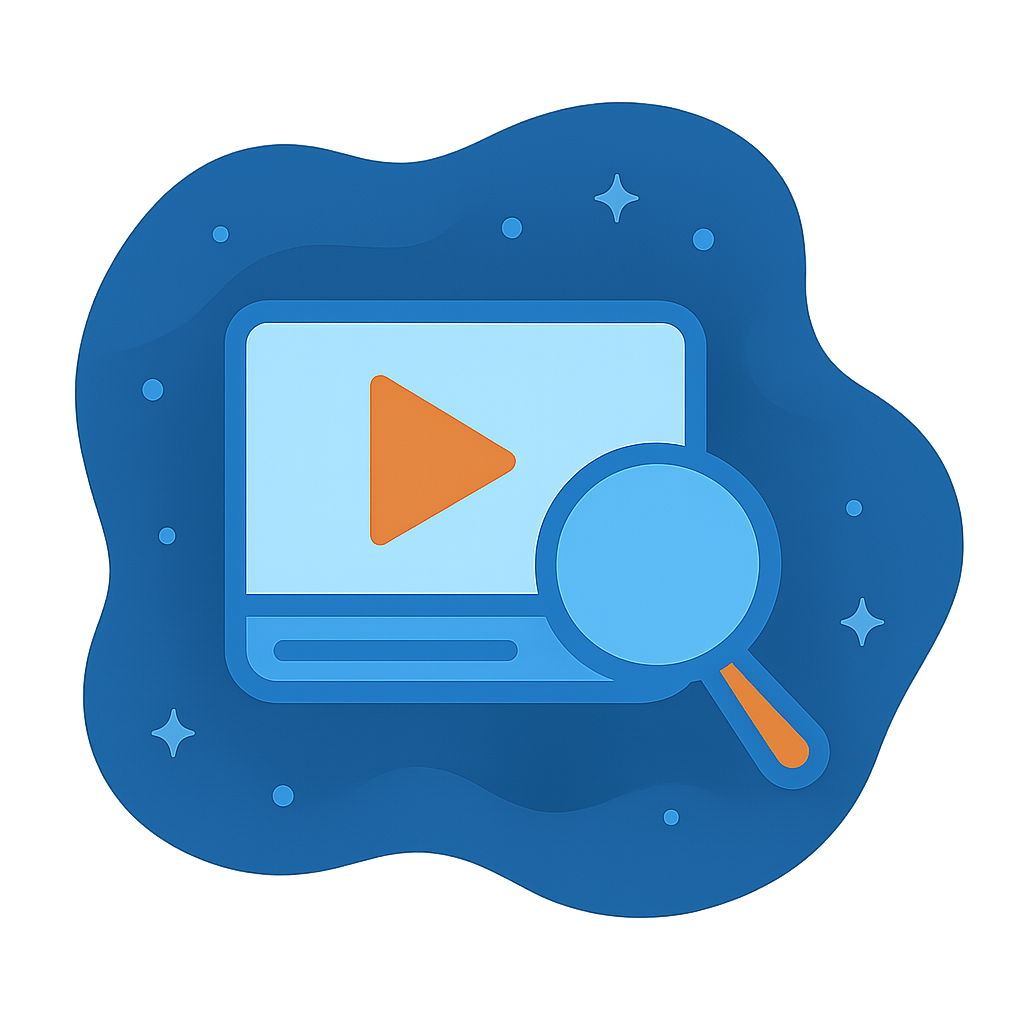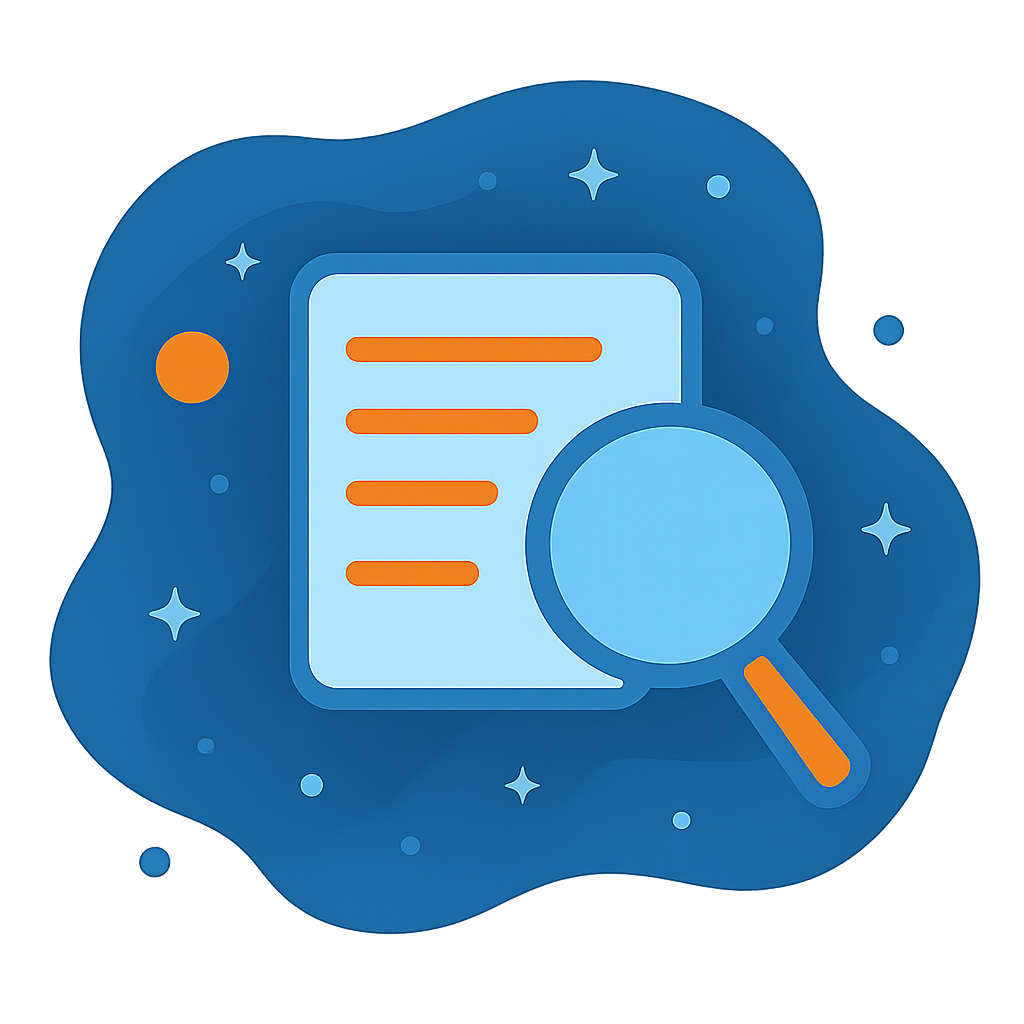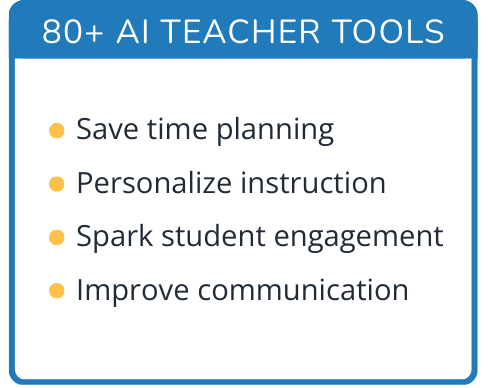Hi, what do you want to do?
Baylor College
Food for the Brain
With a couple of neat diagrams on student handouts, your life science or health class will examine the contents and serving sizes of healthy foods. They dissect a slice of pizza and scrutinize the nutritional value of its components in...
EngageNY
Interpreting, Integrating, and Sharing Information: Using Charts and Graphs about DDT
Is American growing fatter? Scholars begin with a mini lesson on reading charts and graphs using information about Human Body Fat in United States. They then transfer what they learned to charts and graphs using harmful and...
Baylor College
How Do We Use Water?
Send youngsters home to survey how they use water in their homes. Then bring them together to discuss which uses are essential for our health and which are not. A helpful video offers teaching tips for this lesson, and a presentation...
Baylor College
HIV/AIDS in the United States
In the final of five lessons about HIV/AIDS, groups create presentations to share data about the infection rates in the United States, examining demographic and geographic trends over the past ten years. Depending on how much time you...
Missouri Department of Elementary
Equine Science
Did you know that horses have two sets of teeth? There is much to learn about horses, of course, and those interested in equine science will learn much from a 10-lesson agricultural science course that covers not only equine dental...
Kenan Fellows
Unit 4: The Brain
Drugs interact with the brain to alter moods, emotions, and behaviors by changing the brain's chemistry, perceptions, and interactions. The final lesson in the Pharmacology unit shows scholars experiments, has them complete four labs,...
Baylor College
The Variety and Roles of Microbes
Mini microbiologists play a card game in which they group microorganisms by groups: virus, fungus, protist, or bacteria. Then they identify the roles different microbes play in the natural world and explore how humans effectively use...
Baylor College
Microbes Are Everywhere
In a nutshell, your class will culture bacteria from their choice of surfaces. You will need to prepare or purchase agar plates. If you are new to this classic biology activity, this resource carefully walks you through the process of...
Baylor College
Gases Matter
As a demonstration or as a hands-on activity, your class watches as the combination of vinegar and baking soda produce carbon dioxide gas. The intent of the lesson is to help youngsters understand that gases occupy space. It is included...
San Francisco Public Utilities Commission
Pesky Plastics: The Problem with Plastic
What can happen to the environment if plastic continues to pollute it? Learners read about the implications of plastic on health, water, and nature in a two-page reading passage. After they finish reading, they work on six comprehension...
Curated OER
Exposes in Different Eras: The Work of Dorothea Dix and Burton Blatt
High schoolers discover that Dorothea Dix was the first to make the pubic aware of the terrible living conditions of people with mental illness in the 1800's. They evaluate the influence of citizen action on public policy.
Curated OER
UV Rays
Fourth graders study the effects of UV rays and practice finding the UV index for where they live. In this health lesson plan, 4th graders listen to a lecture about ultraviolet rays, then find the UV index in their area and write a...
Curated OER
Progressive Movement in Kansas
Seventh graders examine the Progressive Movement in Kansas. In this Progressive Era lesson, 7th graders study various facts about this era in Kansas. Students create a presentation on a law that was passed during this time.
Curated OER
When You're Sick
Second graders identify symptoms of illness and how they can get better. In this health lesson, 2nd graders use Venn diagrams to categorize what the character of a story did to get well, and different types of symptoms.
Curated OER
Good and Bad Touches
Students evaluate whether certain physical actions constitute a "good touch" or a "bad touch". In this sensitive health instructional activity, students are read a book about types of touches, and then compare and contrast between good...
Curated OER
Reproductive System
Fifth graders identify and define parts of the reproductive system. In this health lesson, the teacher introduces the parts of the reproductive system, then students match body part cards to the corresponding definition cards.
Curated OER
Healthy Habits Begin at Birth: Breastfeed Me!
Students explain the benefits of breastfeeding. In this adult health lesson, students demonstrate the correct position when breastfeeding using dolls. They recognize signs that a baby is getting enough milk.
Curated OER
A Little Reminder to Take With You
Students use information already gathered on a specific public health issue to create a public service message in the form of a bookmark. They consult multiple sources to compile sufficient information to create the public service...
Curated OER
Report of Shop, Factory, Mill or Industrial Establishment
Students examine the pollution survey created in response to the Public Health Laws of 1903, and compare/contrast polluting factory discharges in 1903 to those allowed today. They analyze the report survey, complete a worksheet, and...
Curated OER
"Conducting a Watershed Snapshot of Blockhouse Creek"
Students examine specific skills in assessing water quality from a holistic approach. They assess the health of a local watershed and identify problems in the local watershed and suggest remediation.
Curated OER
Heart Healthy
Students assess their risk of heart disease. For this adult health lesson, students differentiate saturated and unsaturated fats. They discuss different heart healthy food ideas.
Curated OER
Air Pollution: Open Burning
Students explore an interactive website about air pollution. For this public health lesson, students learn about the cause and effect of open burning in their community. Suggestions are given for helping to prevent the problem.
Curated OER
Naming and Categorizing Fruits and Vegetables
First graders explore the health value of fruits and vegetables. In this nutrition lesson, 1st graders identify various fruits and vegetables. Students list the characteristics of fruit and vegetables and understand why they are healthy....
Curated OER
Viral Invaders
Students conduct a critical investigation of the West Nile Virus. They assess the relationship between the sources of information and their credibility. Students use their findings to create a public health campaign about the virus.




























